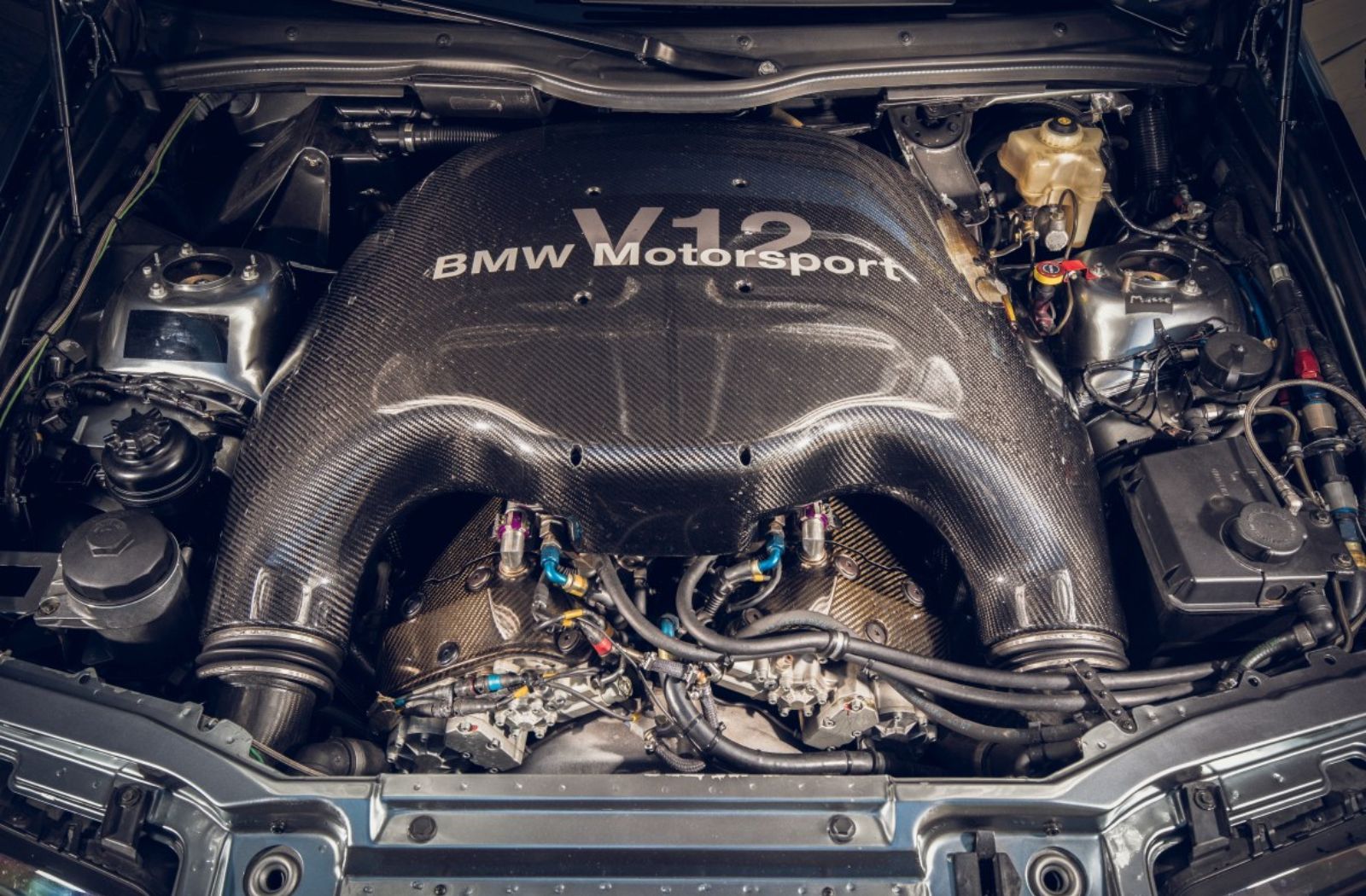Why the BMW Engine Is Thought About Among the Best in High-end Cars
Why the BMW Engine Is Thought About Among the Best in High-end Cars
Blog Article
Checking Out the Development of Combustion Engines in Modern Transport Systems
As we navigate the landscape of contemporary transport, the advancement of combustion engines stands as a testimony to human resourcefulness and design prowess. From their humble starts to the advanced powerhouses pushing automobiles today, burning engines have actually undertaken an exceptional trip of development and adjustment. Recognizing the intricacies of this development not only loses light on the past however likewise leads the way for picturing what exists in advance in the world of transport technology. The interplay of background, modern technology, and environmental issues fit the trajectory of combustion engines creates a story that is both engaging and informative.
Early Beginnings of Combustion Engines
Exactly how did the concept of combustion engines very first emerge in the early phases of transportation development? The roots of combustion engines can be mapped back to the 17th century when the principles of inner combustion were initial explored.
The development moment included the creation of the very first successful gasoline-powered engine by Karl Benz in 1885 - bmw engine. This engine led the way for the growth of the contemporary automobile, reinventing transport systems worldwide. Subsequent advancements by Nikolaus Otto and Gottlieb Daimler better fine-tuned burning engine modern technology, leading to the mass production of cars and the fast development of the transport market
These early combustion engines were identified by their simplicity and effectiveness, laying the foundation for the complex and powerful engines utilized in modern transport systems. The development of combustion engines has actually been crucial in shaping the way we take a trip and transfer goods, noting a significant turning point in the background of transportation advancement.
Transition to Internal Burning Modern Technology
The change to interior combustion innovation noted an essential shift in the development of transport systems. This change began in the late 19th century, with creators like Nikolaus Otto and Gottlieb Daimler developing the first successful interior burning engines. These engines changed transport by supplying an extra effective and reliable option to heavy steam engines and electric motors.
One of the vital benefits of interior combustion engines was their capacity to be scaled down to match vehicles, resulting in the advancement of motorcycles and automobiles. This change from bulky, fixed engines to portable, mobile ones led the way for the modern transport systems we see today.
The change to internal combustion innovation additionally spurred advancements in fuel innovation, leading to the advancement of gasoline and diesel as primary fuel sources for vehicles. This change not only made transportation much more accessible to the masses but likewise laid the structure for the oil and gas market to end up being integral to global economic situations.
Impact of Combustion Engines on Transport
The adoption of combustion engines in transportation systems militarized a profound change in the efficiency and rate of global wheelchair. Burning engines changed transportation by giving a reputable and functional source of power for different automobiles, including cars and trucks, trucks, ships, and planes. This technology dramatically enhanced the capability for individuals and products to conform long ranges in shorter period, bring about raised connectivity in between areas and nations.
Furthermore, the prevalent use of combustion engines has actually had a significant impact on economic development. The ability to move goods effectively has actually stimulated profession and business, enabling organizations to broaden their markets and reach navigate to these guys consumers worldwide. This has actually helped with financial growth and globalization, as products can now be moved quicker and in bigger amounts than in the past.
However, the environmental impact of combustion engines can not be forgotten. The burning of nonrenewable fuel sources has caused air pollution and greenhouse gas exhausts, adding to environment adjustment and posing health and wellness threats to populations. bmw engine. Therefore, there is a growing emphasis on creating alternate propulsion innovations to mitigate these negative effects and create a much more sustainable future for transport
Innovations in Burning Engine Style
One noteworthy technology is the development of turbocharged engines, which use exhaust gases to drive a wind turbine that compresses incoming Related Site air, permitting for even more fuel to be burned, resulting in raised power output without a substantial rise in engine dimension. Variable valve timing systems have actually additionally changed engine design by maximizing air flow at different engine rates, boosting both power and performance. These advancements jointly contribute to the continual renovation of combustion engines in modern transport systems.
Future Trends in Combustion Engine Development
With modern technology innovations driving continuous technology, the future of combustion engine development is positioned to change transportation systems worldwide. One of the essential trends in combustion engine development is the press in the direction of better performance and lowered discharges. Producers are spending greatly in r & d to enhance engine efficiency while fulfilling rigid environmental regulations. This includes the combination of sophisticated gas shot systems, enhanced turbocharging approaches, and making use of light-weight materials to maximize gas consumption and minimize carbon emissions.
Another popular fad is the adoption of crossbreed technologies in burning engines. Hybrid engines incorporate typical combustion modern technology with electrical power, offering improved gas effectiveness and reduced emissions. As the automotive industry shifts towards electrification, hybrid combustion engines are viewed as a transitional remedy that links the gap between traditional lorries and fully electric ones.
In addition, the combination of smart technologies, such as synthetic knowledge and information analytics, is expected to play a considerable duty in the future of burning engine development. These innovations can optimize engine efficiency in real-time, leading to a lot more reliable burning procedures and improved total lorry performance. Welcoming these future fads will certainly not only drive development in combustion engine growth however additionally add to a much more eco pleasant and lasting transportation community.

Conclusion
In final our website thought, the development of burning engines in modern transport systems has been marked by substantial improvements in modern technology and design. From the early beginnings of combustion engines to the transition to inner combustion innovation, these engines have had a profound effect on transportation. Developments in combustion engine style remain to drive progression in this area, with future fads concentrating on additional enhancing effectiveness and minimizing emissions. The future of burning engines in transport looks promising as r & d efforts continue to press borders.
The roots of combustion engines can be traced back to the 17th century when the concepts of inner burning were very first discovered. These engines transformed transport by offering a much more reliable and effective option to vapor engines and electrical motors.

Report this page